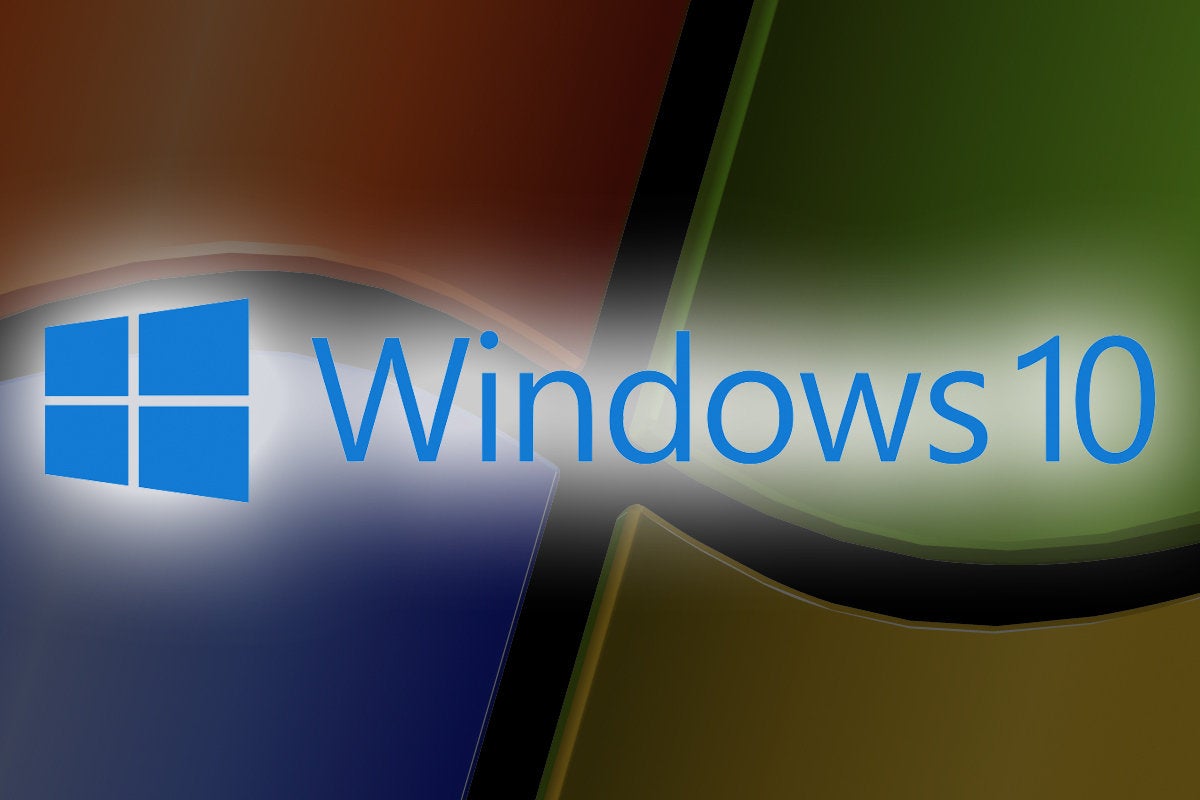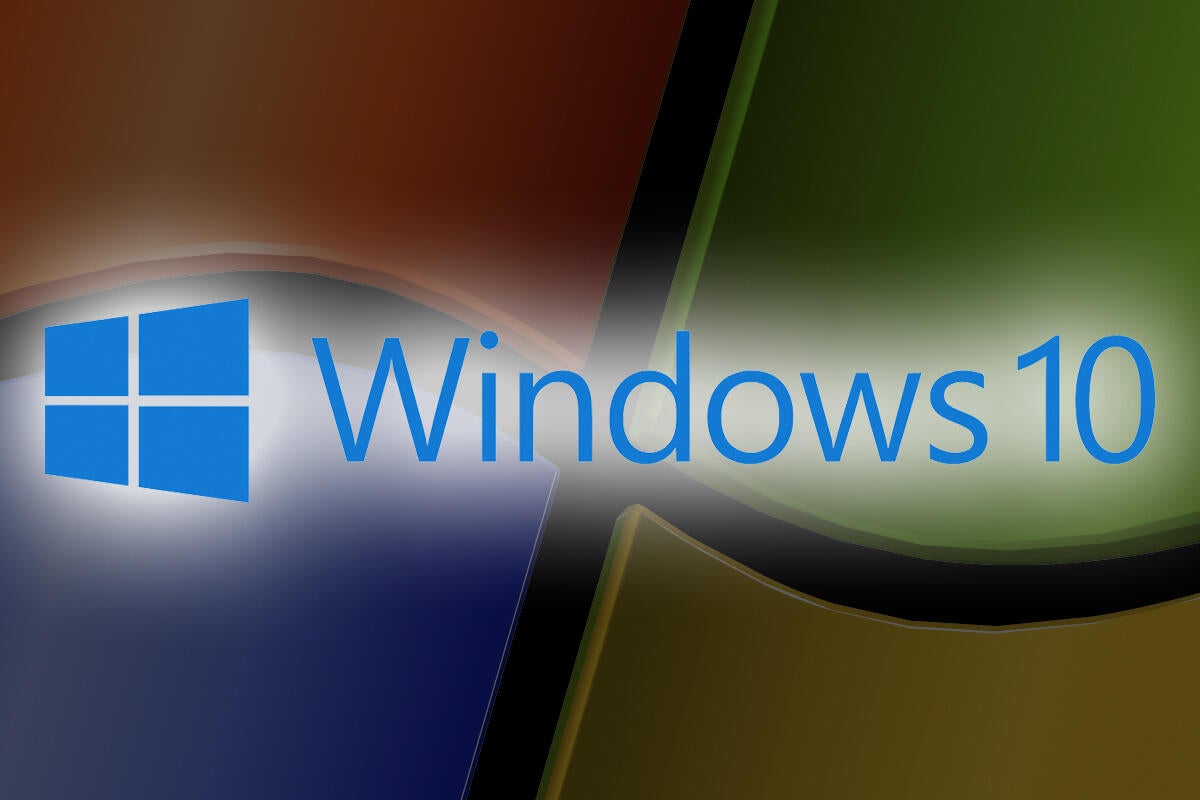
Windows’ share of all operating systems took a tumble in April, the first full month that corporate and government officials urged people to stay at home and work there if possible, as the coronavirus pandemic surged.
According to analytics company Net Applications, Windows accounted for 86.9% of global OS share in April, a decline of 2.3 percentage points. That was the largest loss by Windows since November 2017, when Net Applications made major adjustments to its numbers after purging its data of bogus traffic originating from criminals’ “bots.”
The decline of Windows overall had a ripple effect, causing individual editions, such as Windows 10, to have similarly large losses. When measured as a portion of all Windows, however, the editions’ declines, if present at all, were much less significant.
And because operating system share is zero-sum – when one OS goes down, another has to go up – April saw major advances by two non-Microsoft operating systems. Apple’s macOS climbed by eight-tenths of a percentage point, reaching 9.8%, its highest mark since March 2019. And Linux – all distributions – shot up by a remarkable 1.5 points to end April at 2.9%, its highest mark since October 2017 (and just before the Net Applications data revamp).
Although the macOS increase was understandable, perhaps triggered by people using personal Macs while working from home rather than on a corporate-owned Windows machine, the big uptick in Linux was puzzling. Did every IT professional boot up an at-home Linux box to remotely manage his or her employer’s endpoints, servers and network? Or was the number a Net Applications counting error or an artifact of its weighting system?
One suspect that immediately jumped out from the data was Ubuntu, which Net Applications pegged at a whopping 1.9% during April (or 66% of the Linux total), a gigantic increase from the three-tenths of a percentage point the month prior (and the three-tenths of a point in February, too). That there were suddenly millions more machines running the Canonical distribution in April than in March seemed unlikely, to say the least. Net Applications may have miscounted.
Windows 10’s share went up, not down
Even though Windows’ overall share slid, the impact on individual editions was minor.
Windows 10 recorded a drop of 1.3 percentage points, falling to 56.1% of all personal computer operating systems. But for Computerworld‘s money, the more accurate number has always been the share of Windows only. For Windows 10, that actually climbed in April, ending up two-tenths of a percentage point at 64.5%.
(Remember, Windows 10’s percentage of only Windows PCs is larger than the percentage of all personal computers because Windows does not power every system. While Windows overall fell and Windows 10 did, too, the latter didn’t slip as much as the former and so – counterintuitively – Windows 10’s portion of Windows went up, not down. (The pot got smaller but Windows 10’s part of that pot didn’t shrink as much, if that makes sense.)
At the same time, Windows 7, whose decline seemed to stall in March, apparently resumed its descent as, presumably, users left that older OS for 10. At first glance, Net Applications’ numbers reported as much, with Windows 7 down six-tenths of a point to 25.6% of all personal computers. But when expressed as a fraction of just Windows, Windows 7 didn’t budge, remaining at 29.4% for April.
Windows 8/8.1, the only other editions with enough share to matter, dropped to 3.8% of all operating systems and to 4.4% of only Windows, losing four-tenths of a point of the latter.
In all, Windows’ various versions had some movement in April, but not much. Computerworld posits that stay-at-home, work-at-home guidelines again put pause to any further migrations from Windows 7 to Windows 10, or at least those of any material size.
Net Applications calculates operating system share by detecting the agent strings of the browsers used to reach the websites of Net Applications’ clients. The firm tallies visitor sessions to measure operating system activity.



